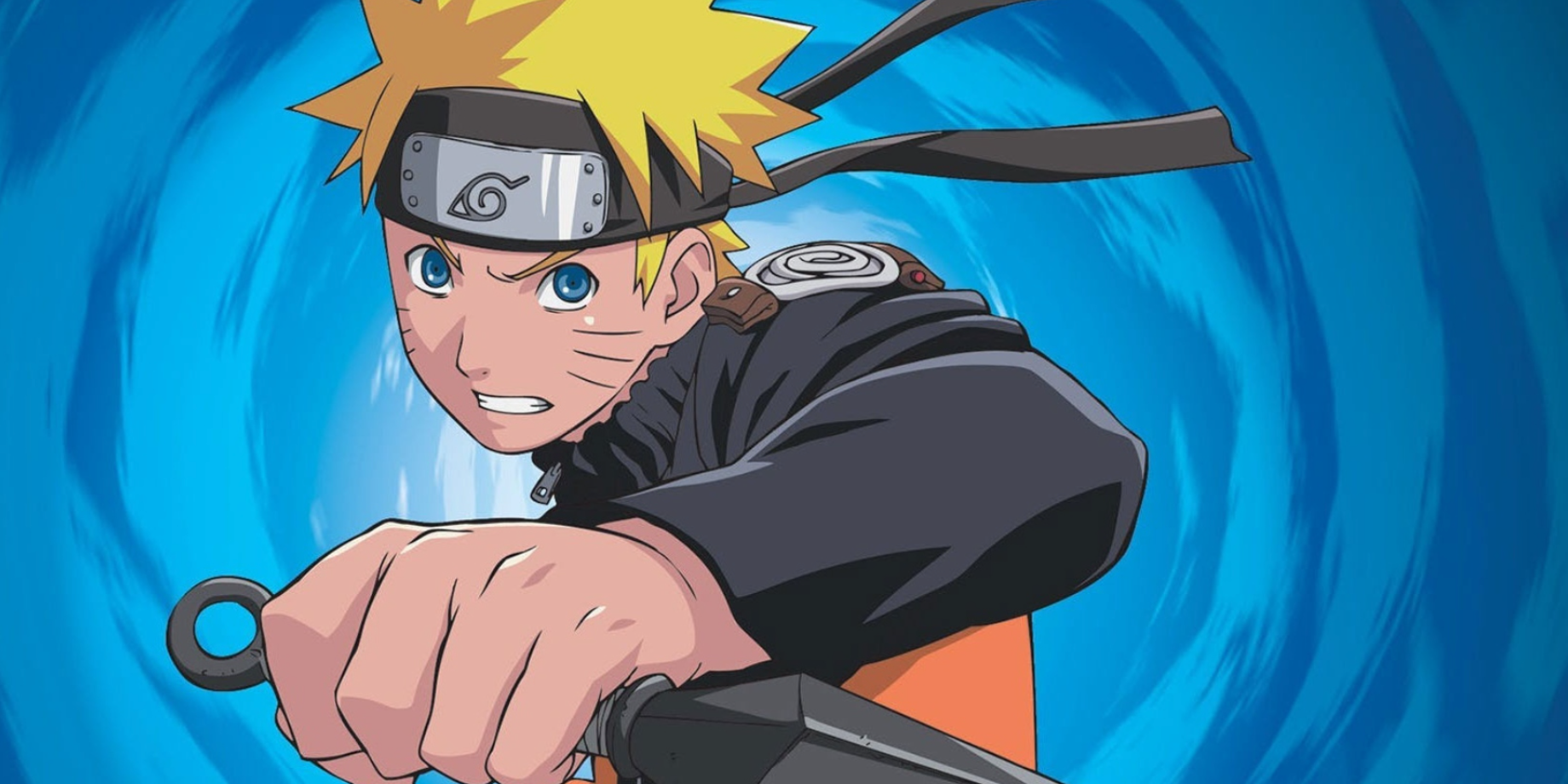In Kenjo Hanakawa’s Under Ninja, the focus is exploring the more mundane and menial aspects of being a ninja that is completely ignored in ninja classics like Naruto, and its sequel Boruto. As a result, it provides a much-needed alternative perspective on the shinobi-manga genre.
The ninjas of the Five Hidden Villages in Naruto lead interesting lives. If they aren't training and developing their skills, they’re either fighting one another or taking on a super-powered alien, supernatural creatures, or cunning spirits with criminal intent. More importantly, every ninja in Naruto can find a job if they wanted. There is no shortage of work, missions, or tasks to complete. Put another way, ninja life in Naruto is anything but monotonous. Indeed, outside to some minor references in Boruto about the tedious work involved in being a Hokage, there is little mention of the less sexy, and less exciting aspects of the trade.
Under Ninja flips the script on traditional shinobi manga like Naruto, by exposing how skills such as tedious endurance, isolation inventiveness, and mind-numbing patience are just as important in the run-up to an operation as Rasengan and shadow clone technique are in an operation. The story concentrates on Kuro Kumogakure, a genin who wastes most of his days doing nothing but drinking and playing tricks on his neighbors. One day, he is finally given a mission, and with it, his chance to finally move up in the ninja world. While he believes he is ready for the challenge, there are a number of barriers, including rogue ninjas, quirky neighbors, and the fact that without much direction, he must rely on his own judgment to complete the task.
In Under Ninja, the story takes place in contemporary Japan. While ninja have existed much as they do in Naruto, after the end of World War II, they were forced underground. Moreover, as society developed the work that ninja have traditionally done, such as eliminating rivals, has been reduced by alternative means of achieving the same results, like police, prosecutors, and courts.
However, contrary to rumors of their demise, ninja still exist. It's just that with less work, the most average ninja has been forced to enter mainstream Japanese society and get along like all other regular citizens. On the one hand, there is the possibility that a ninja will get called in for a very important job that may allow them to rise in the ranks far enough that they can go ninja full-time. On the other hand, even though they will likely remain an under ninja, ninja society does not allow them to completely leave the order or sell their skills to others without first getting authorization. The tension between being a ninja but living and working in a world of regular people is unbearable for some, which causes them to act out in ways that may not only lead to “negative attention” being brought on ninjas but also unwanted complications in ongoing operations.
When coupled with the more fantastical ninja stories like Naruto, Under Ninja’s exploration of the more monotonous side of the shinobi life adds to fans’ understanding of the manga ninja character. Sure, a ninja might be able to levitate in the air while beaming an opponent with a chakra energy blast, but Under Ninja shows fans that before they attempt such an attack; they spent months waiting to get the mission, weeks planning the attack, and days determining the best spot and angle to levitate and shoot. Unlike Naruto, Under Ninja shows the importance of doing the small things necessary to ultimately achieve success.


